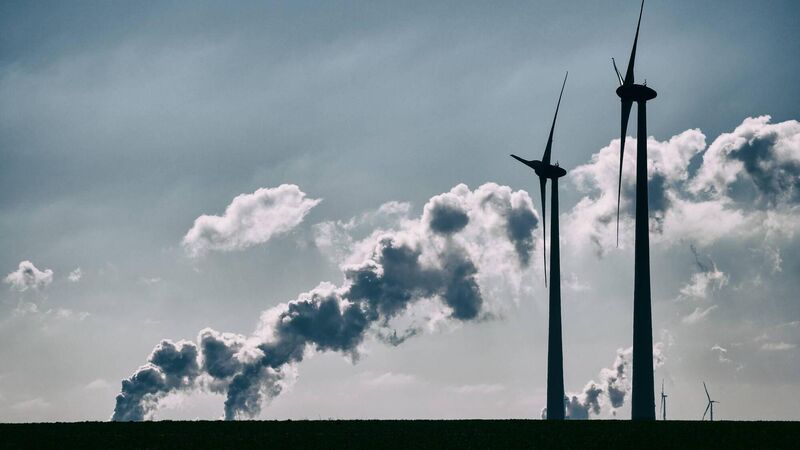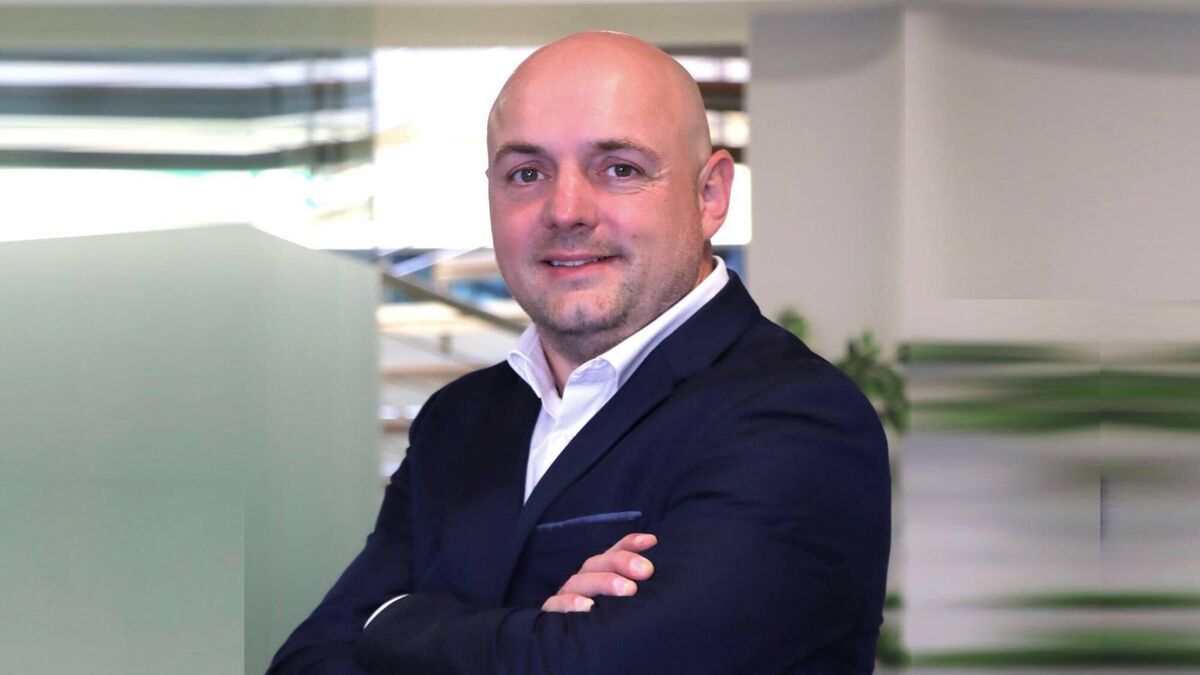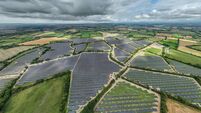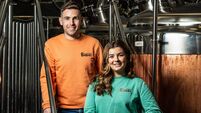Why industrial heat will make or break Ireland’s climate targets

Becoming a renewable island requires more than grid investment and renewable generation. It requires transforming the single most stubborn part of the energy system: the heat used inside factories.
Industrial leaders need to treat thermal decarbonisation as a core business decision rather than a technical exercise, says Barry Bowen of Climeaction

Ireland has no credible path to becoming a renewable island unless we confront the reality of industrial heat.
It is the hardest part of the energy system to decarbonise, and the one area where delay carries the highest cost. The latest warnings from the Climate Change Advisory Council make this clear. Ireland will overshoot its first carbon budget and is far off the statutory 51% emissions reduction target for 2030.
This is not due to a lack of ambition or planning. It is because the sectors that rely heavily on thermal energy have not yet made the transition at the speed required.
For manufacturers, food and dairy processors, pharmaceutical sites, and high energy users across the country, industrial heat is the backbone of production. It drives sterilisation, drying, pasteurisation, evaporation, space heating, hot water and dozens of other core processes. In most cases these systems were built around fossil fuels. The outcome is predictable. Thermal energy accounts for a large share of industrial emissions and it is precisely the part of the system that has changed the least over the past decade.
Ireland’s national conversation is still dominated by renewable electricity, grid reform and planning. These matter, but they are only half the challenge. A renewable island is not simply powered by clean electrons. It is powered by low-carbon heat. Until industry electrifies or replaces the fossil heat systems that run day and night in factories across the country, Ireland will continue to miss carbon budgets.
The difficulty is that thermal systems are technically complex, capital-intensive and deeply embedded in production workflows. You cannot simply swap a boiler the way you install rooftop solar. You cannot electrify heat loads without checking capacity, redesigning processes and rethinking how energy flows through a facility. That is why the industrial sector is still behind the curve and why the Council has warned that current actions will not be enough.
But this is also where the opportunity sits. The data coming from Ireland’s industrial sites shows something important. There is more carbon reduction potential in heat systems than almost any other part of the energy footprint. A well-executed thermal decarbonisation plan can unlock significant energy savings, major cost reductions and a step change in emissions. Heat pumps, heat recovery, thermal storage, biomass, refrigerant upgrades, distribution redesign, insulation improvements, and process optimisation are not speculative ideas. They are proven, commercially viable technologies that manufacturers across Europe are already implementing at scale. Irish industry is capable of the same shift. The bottleneck is not technology. It is execution. Most businesses are not starting from a clean slate.
They are starting with legacy infrastructure, outdated metering, insufficient data and systems that were never designed with efficiency in mind. This is where thermal audits, EXEED-aligned design, and structured engineering analysis are essential.
This is not theoretical. We see it every week across food, dairy, pharma, and manufacturing facilities. A plant may believe electrification is impossible because of peak loads, only to discover that process sequencing can flatten demand. A site may assume a heat pump cannot meet temperature requirements, only to find that the real requirement is much lower than the rated equipment. Many sites are running distribution losses of twenty to thirty percent simply because insulation or controls were never upgraded. In almost all cases, these inefficiencies inflate energy bills and delay their own transition.
Industrial leaders need to treat thermal decarbonisation as a core business decision rather than a technical exercise. Energy costs are volatile. Regulatory pressure will increase as Ireland works to recover overshoots from the first carbon budget. The EU’s policy direction is also clear. Industries that fail to reduce emissions will face greater scrutiny, higher compliance costs and reduced competitiveness. Those that act will not only reduce emissions but also improve resilience, cost predictability and operational performance.
Becoming a renewable island requires more than grid investment and renewable generation. It requires transforming the single most stubborn part of the energy system: the heat used inside factories. The Government will need to accelerate planning reform, grid upgrades, renewable heat incentives and industrial decarbonisation supports. But businesses cannot wait for perfect conditions. They need to take ownership of their transition and build credible thermal roadmaps now.
At Climeaction, we’ve seen firsthand that when companies combine rigorous engineering, a structured audit process and a clear capital plan, they can cut thermal emissions significantly without disrupting production. Ireland cannot afford another missed carbon budget period. Industry cannot afford rising energy costs, supply chain pressure and tightening regulations.
The truth is simple. Industrial heat will make or break Ireland’s climate targets, if we get it right we can build a competitive, resilient and genuinely renewable industrial base.






